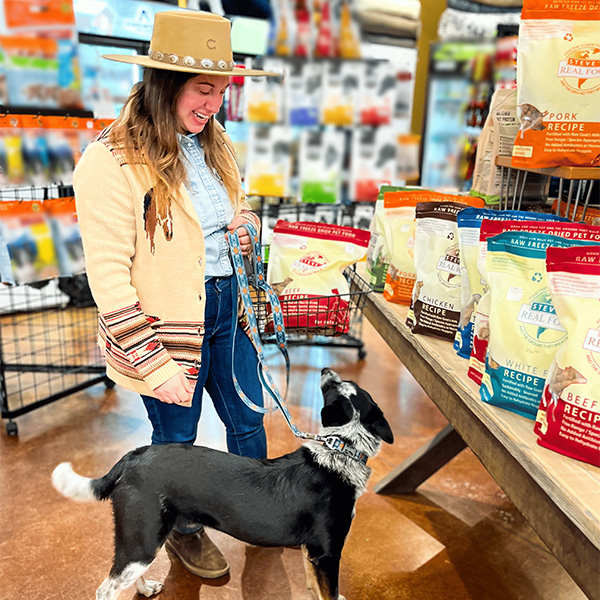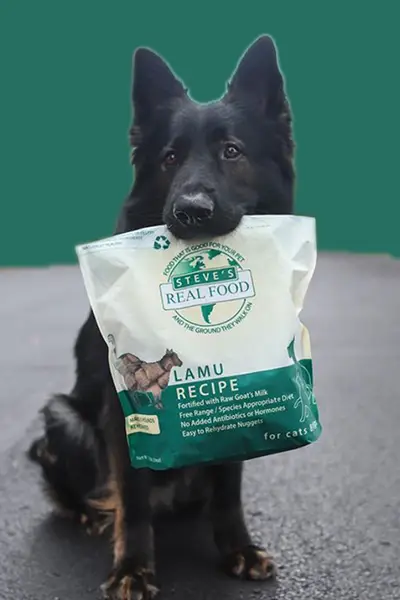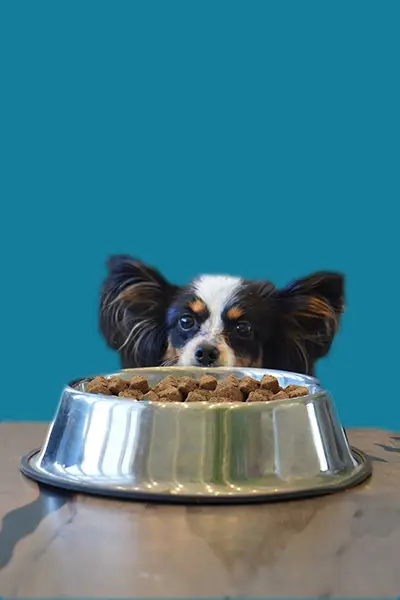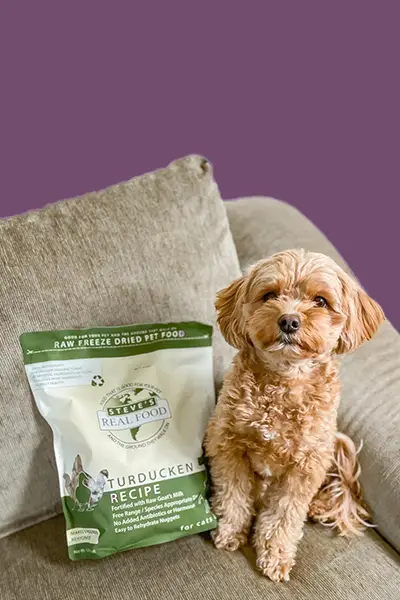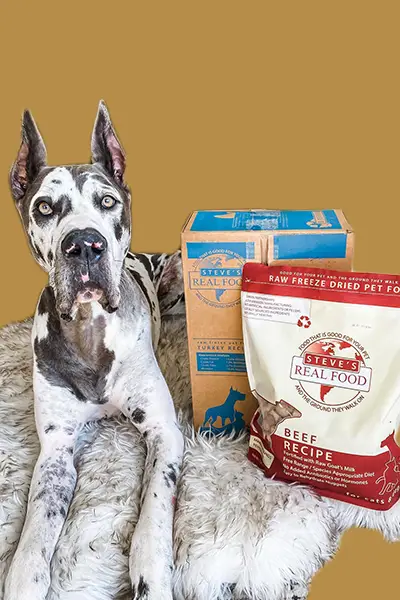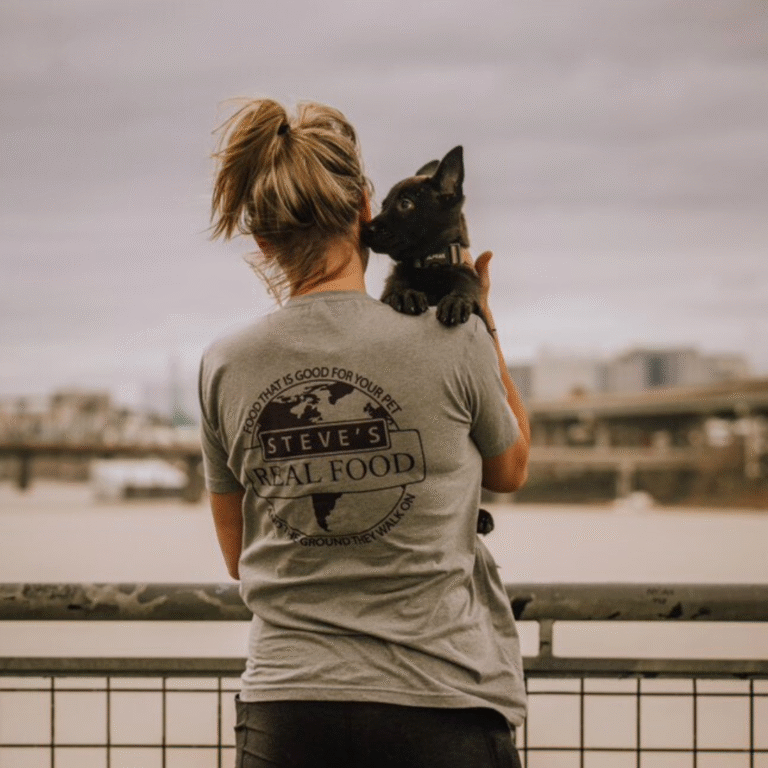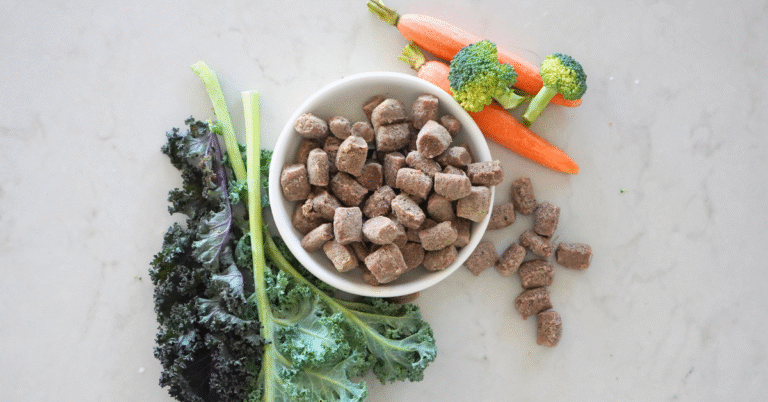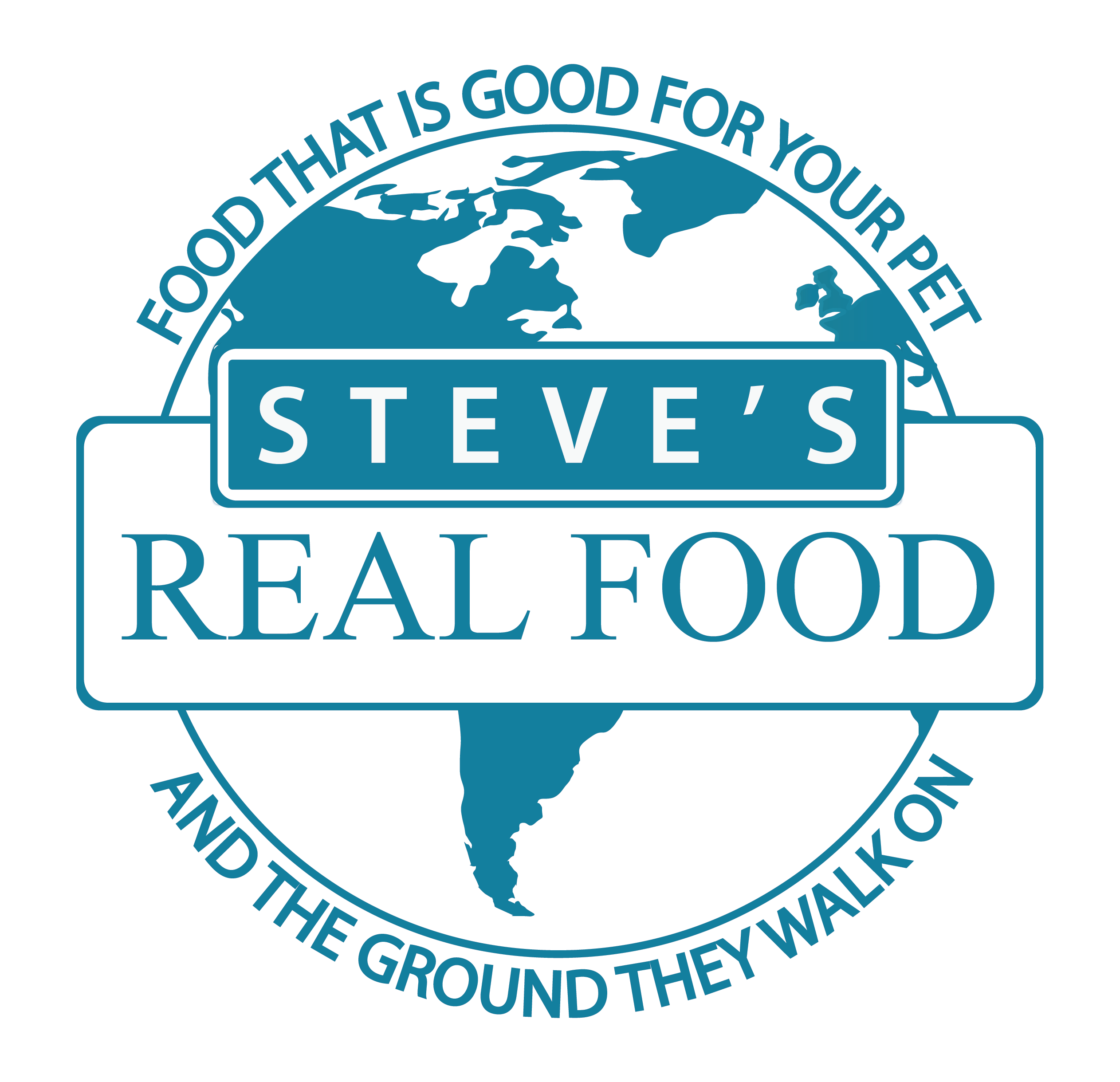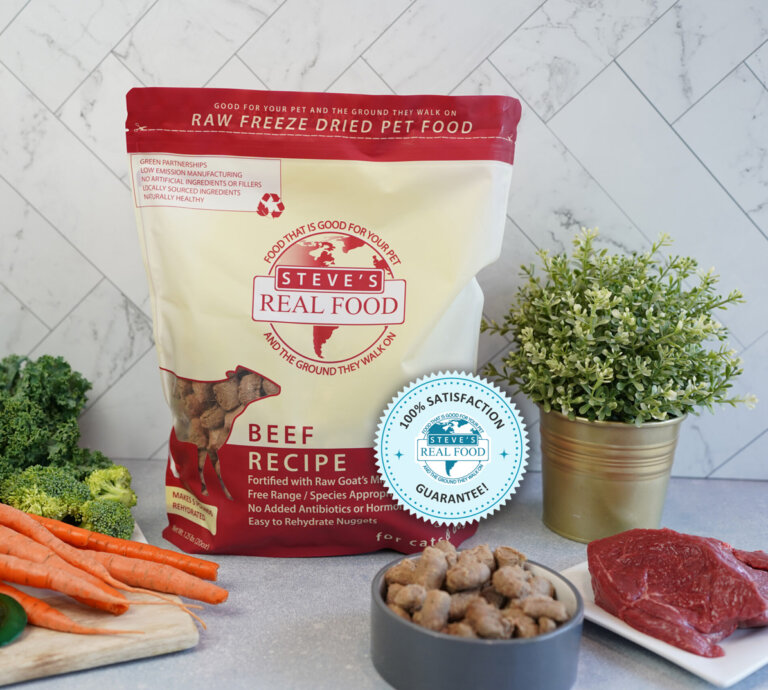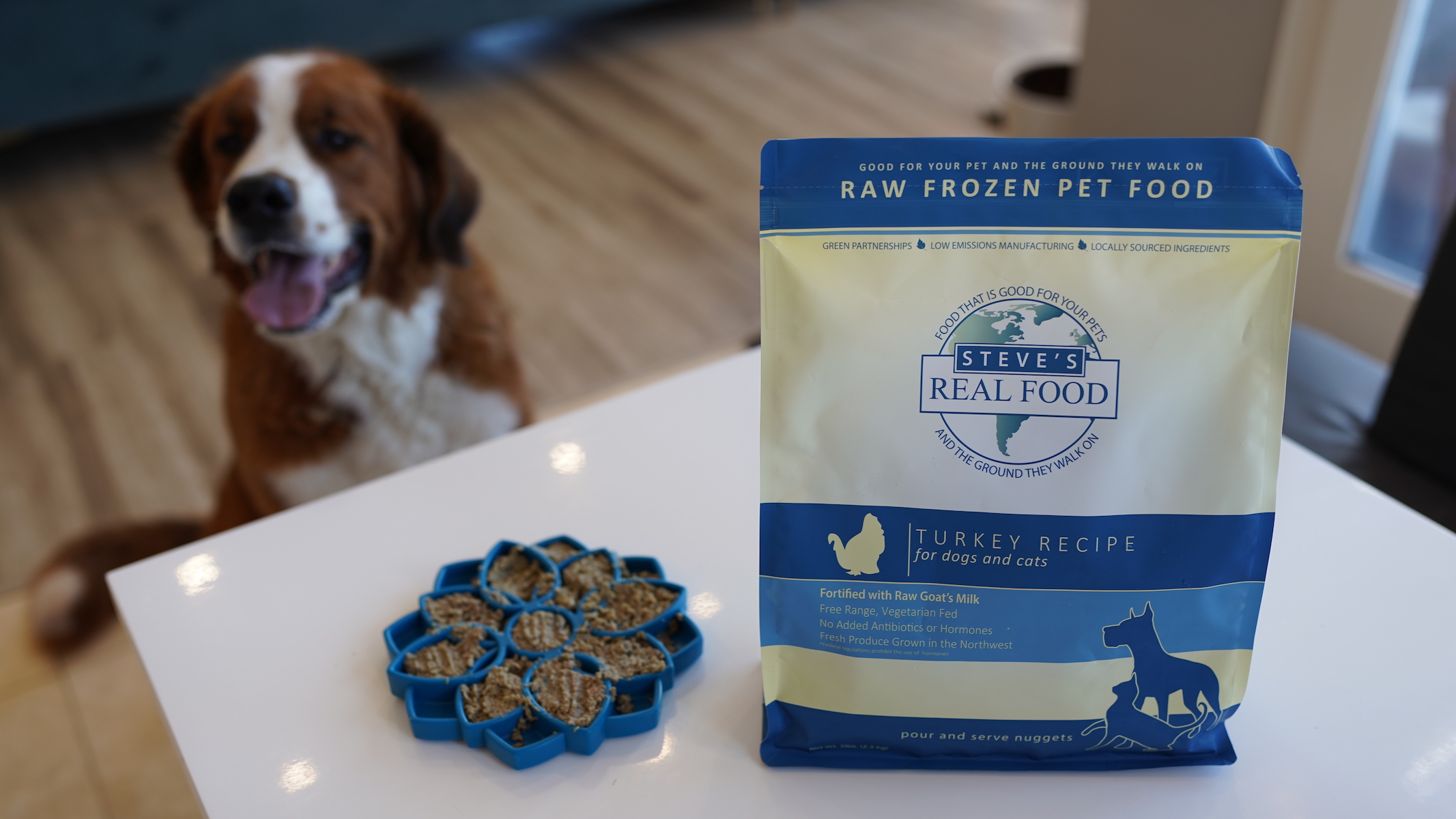- Products
Shop by Food Type
Shop by Food Type
FIND A STORE NEAR YOU
Kitchenware
-
Juicer Mixer Grinders
-
Water Purifiers
-
Gas Stoves & Hobs
-
Chimneys
Kitchen Appliances
-
Water Purifiers
-
Gas Stoves & Hobs
-
Chimneys
-
Induction Cooktops
Furniture
-
Living Room
-
Bedroom
-
Dining Sets & Bar Units
-
Chairs
Home Decor
-
Lighting Fixtures
-
Wall Decor
-
Gifts & Decor
-
Religion & Spirituality
Tools Hardware
-
Power & Hand Tools
-
Bathroom Accessories
-
Electrical
-
Taps & Showers
Pet Supplies
-
Dog Supplies
-
Cat Supplies
-
Fish & Aquatic Supplies
-
Bird Supplies
-
- Learn
- About
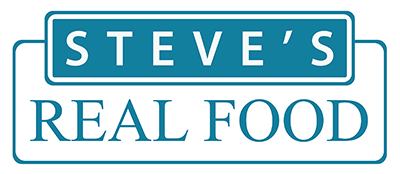
- For Retailers
- Contact
 Beef
Beef Chicken
Chicken Whitefish
Whitefish Pork
Pork Lamb
Lamb Turkey
Turkey Turducken
Turducken All Protein
All Protein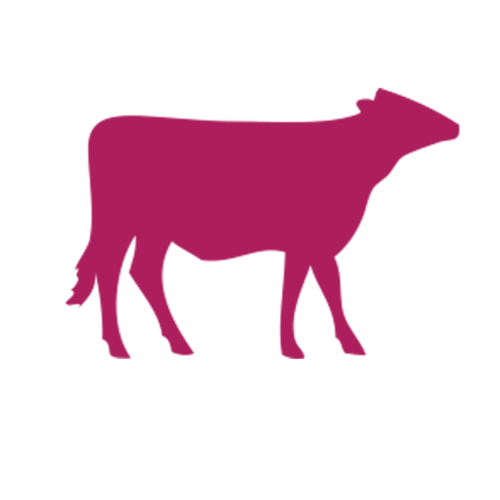 Beef
Beef Chicken
Chicken Whitefish
Whitefish Pork
Pork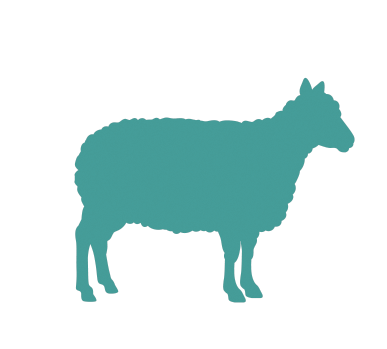 Lamb
Lamb Turkey
Turkey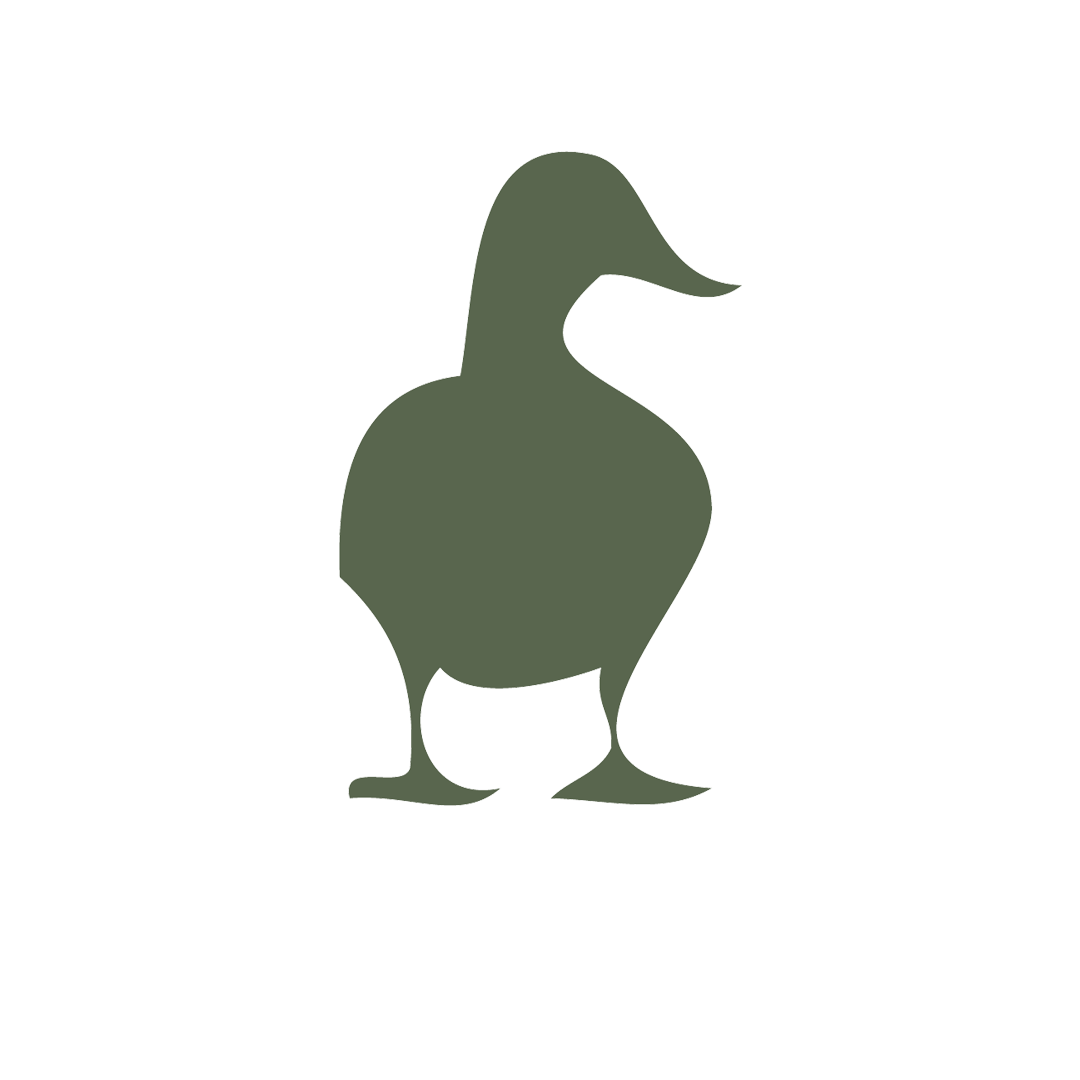 Duck
Duck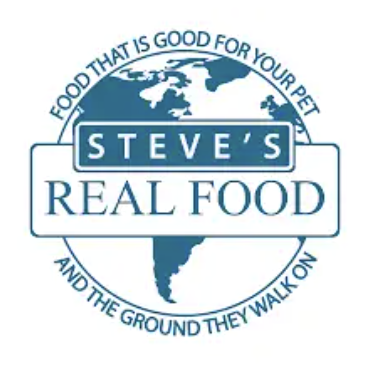 All Products
All Products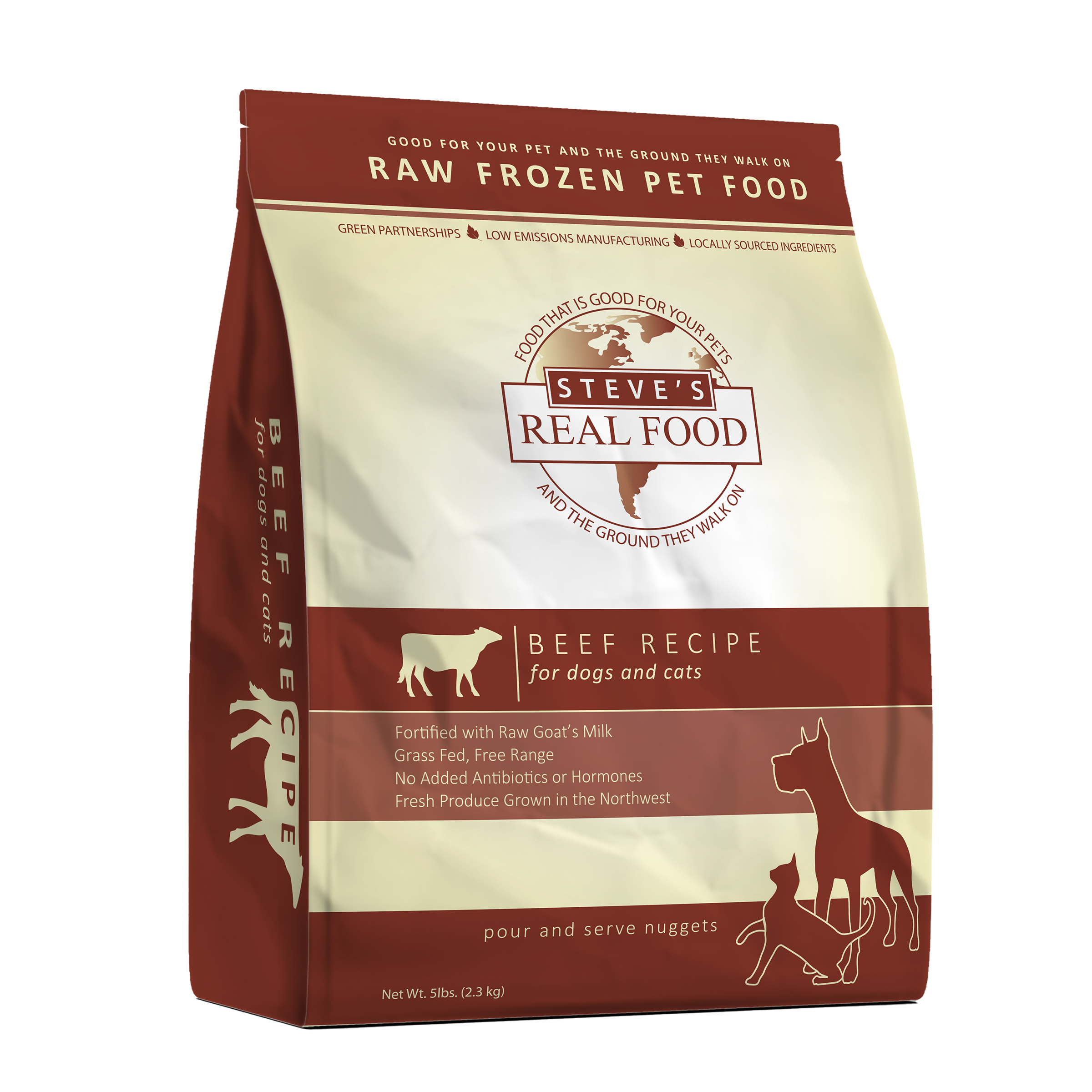 Frozen Raw Pet Food
Frozen Raw Pet Food
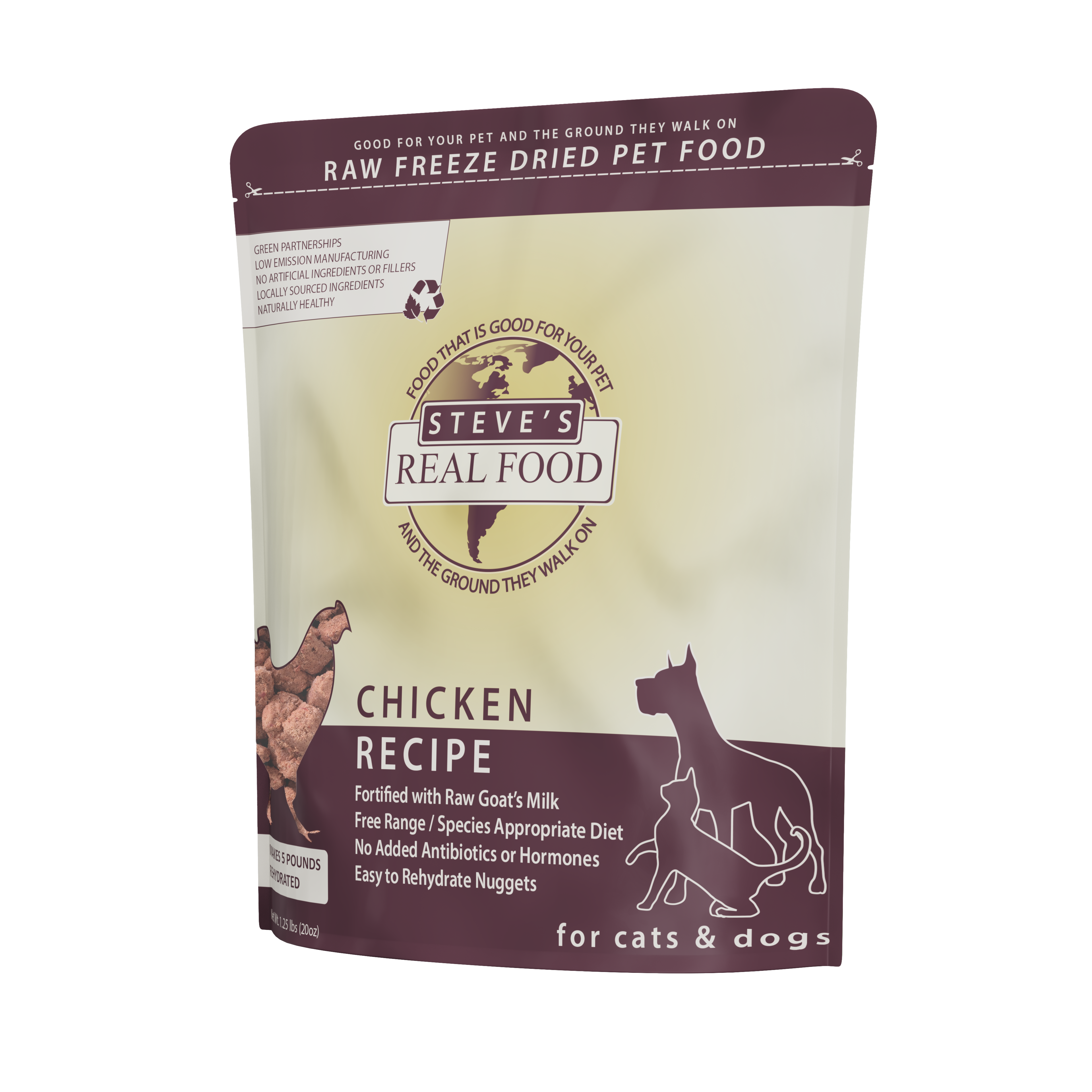 Freeze Dried Raw Pet Food
Freeze Dried Raw Pet Food
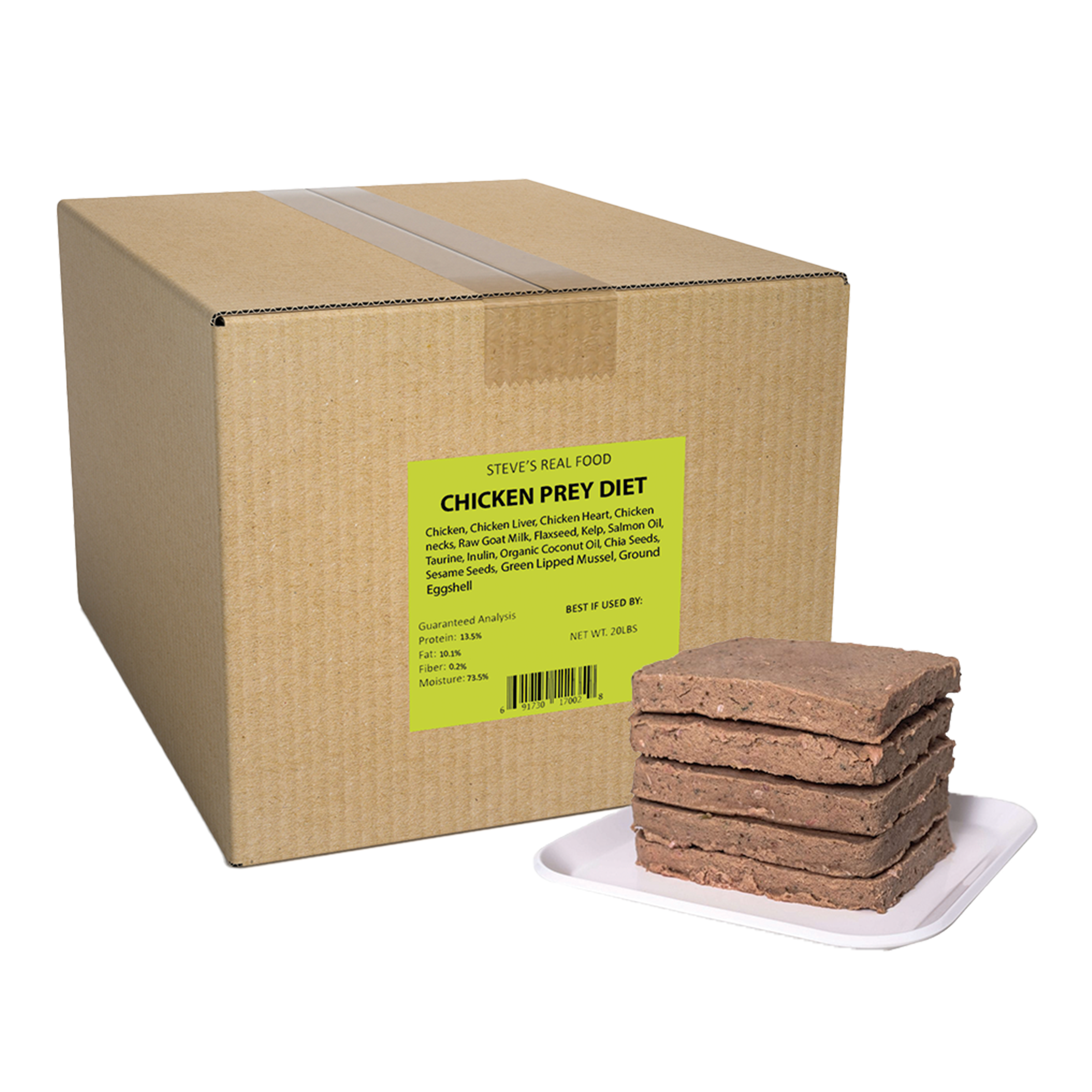 Frozen Prey Diet
Frozen Prey Diet
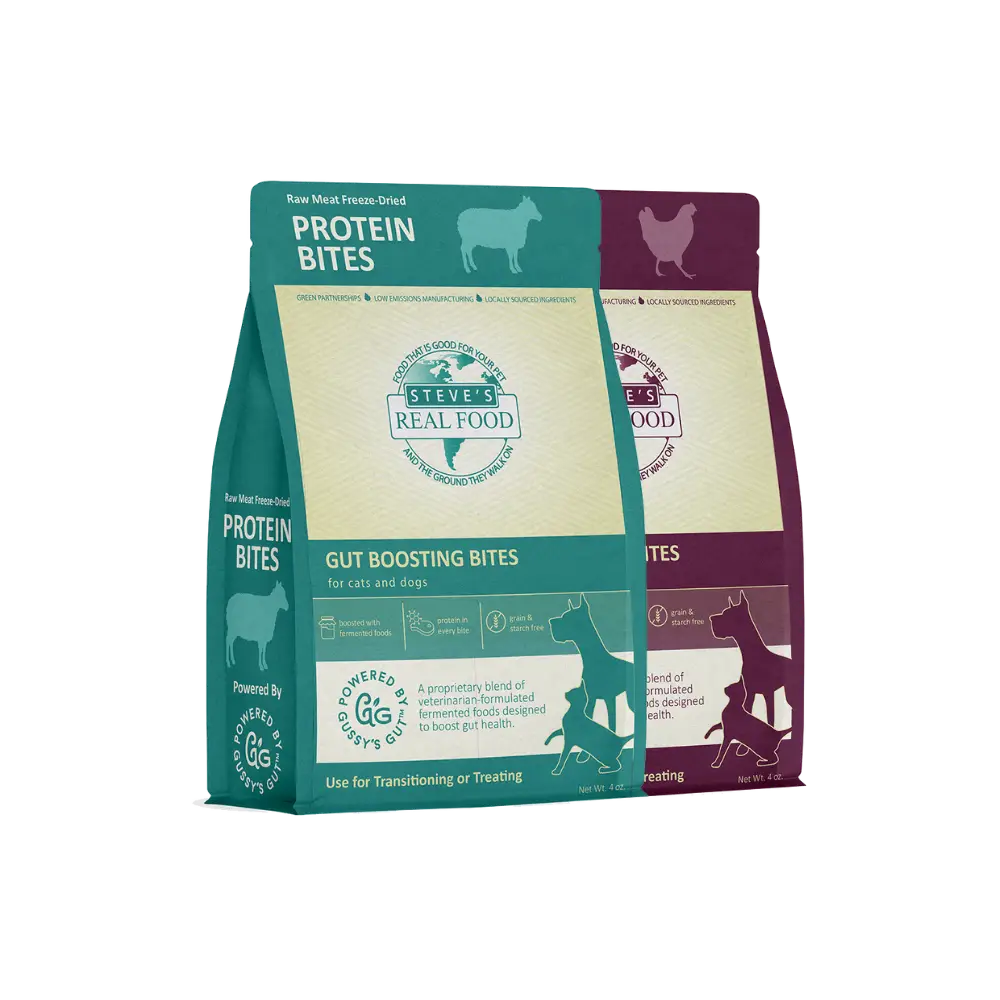 Freeze Dried Protein Bites
Freeze Dried Protein Bites
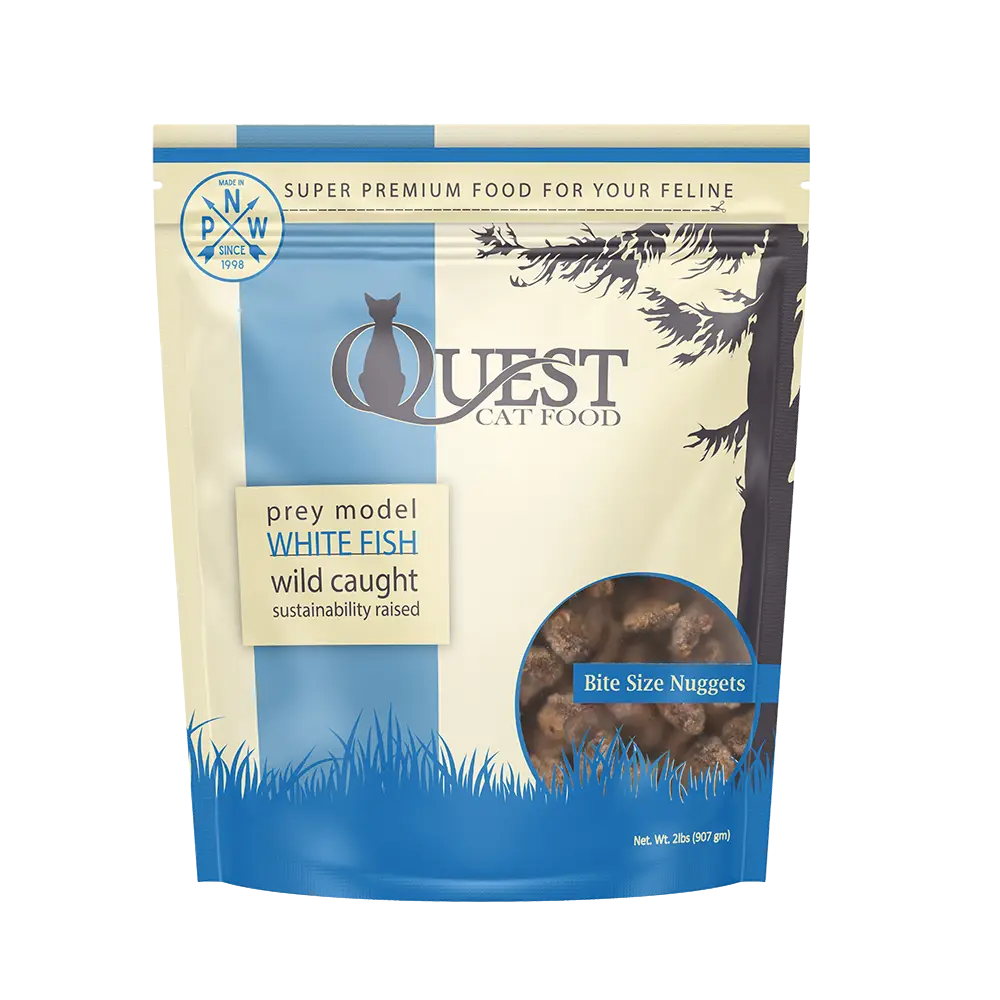 Frozen Quest
Frozen Quest
 Freeze Dried Quest
Freeze Dried Quest
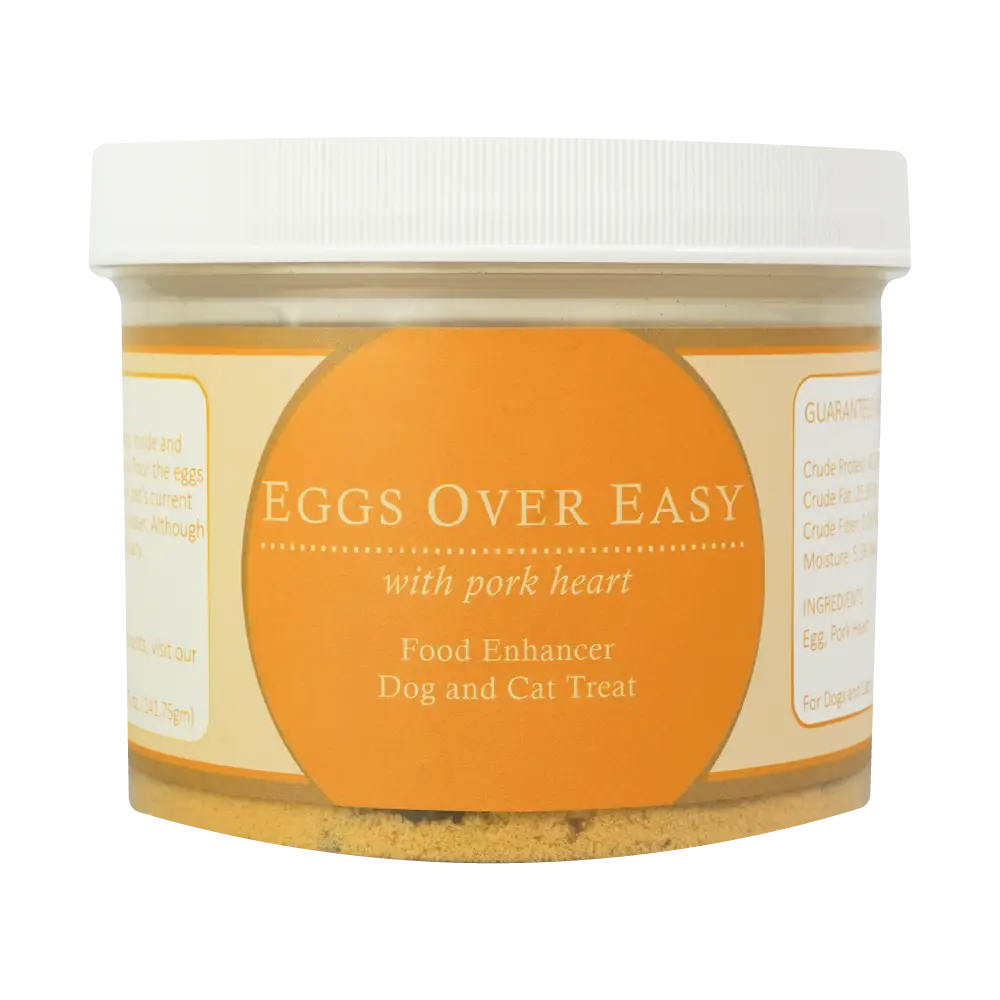 Eggs over Easy
Eggs over Easy
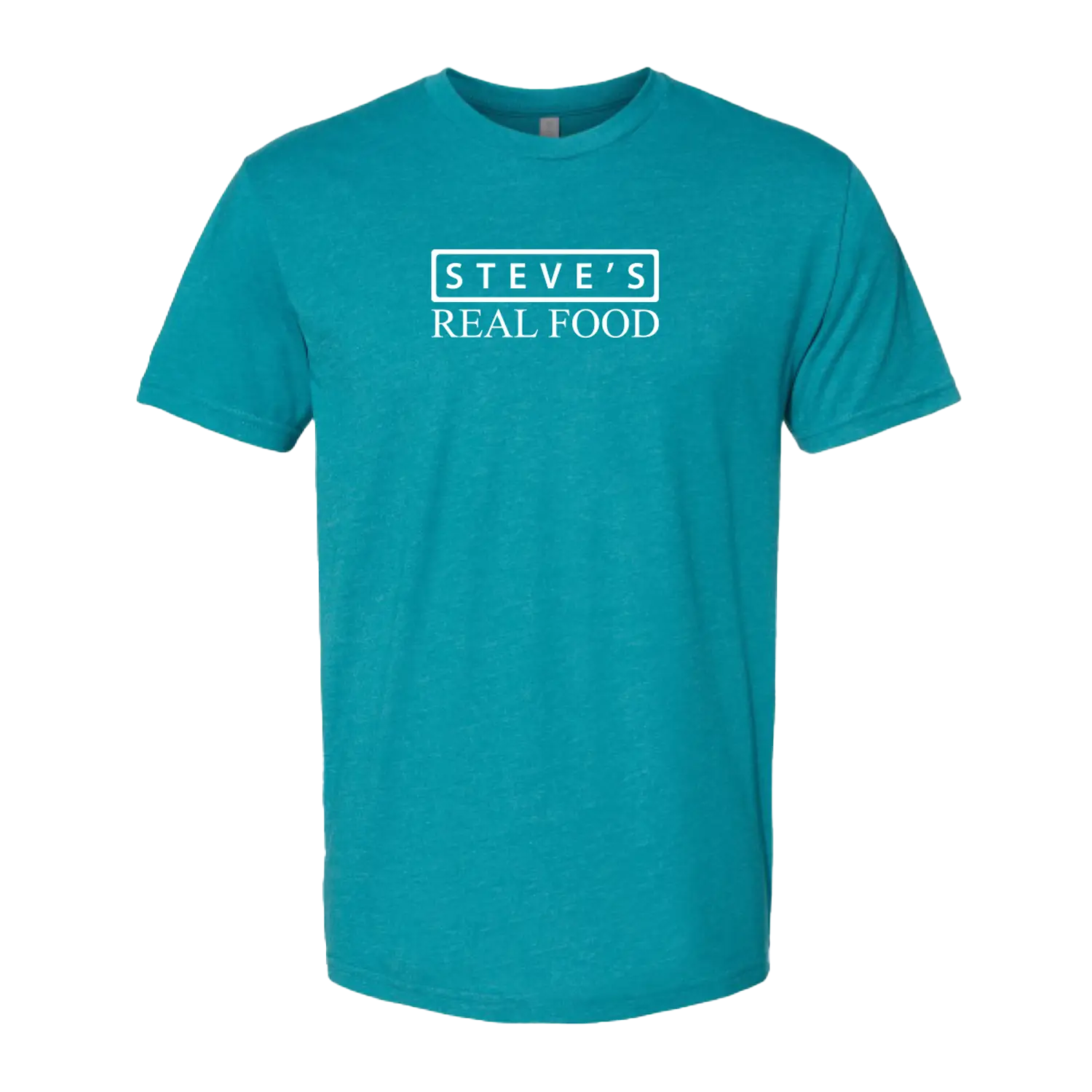 Steve's Merch
Steve's Merch 